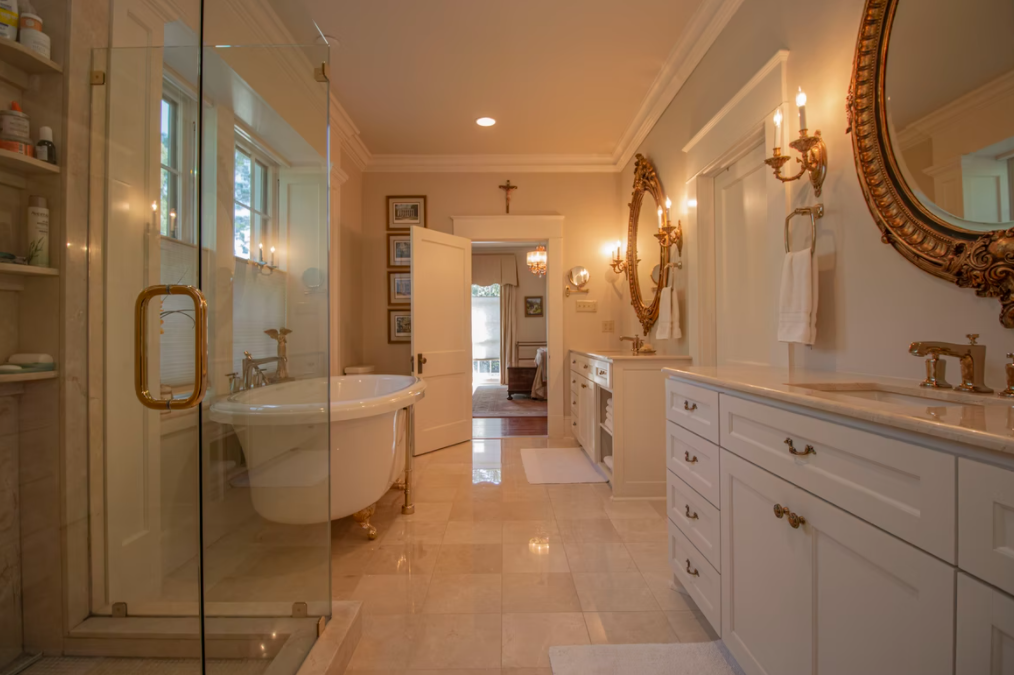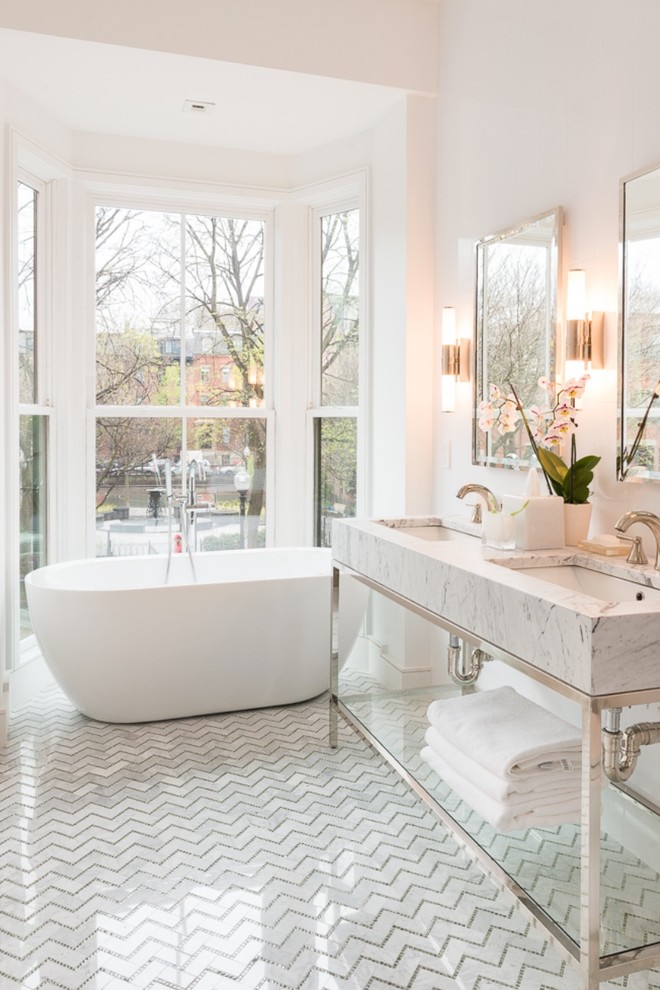Should You Install a Linear or Point Drain?
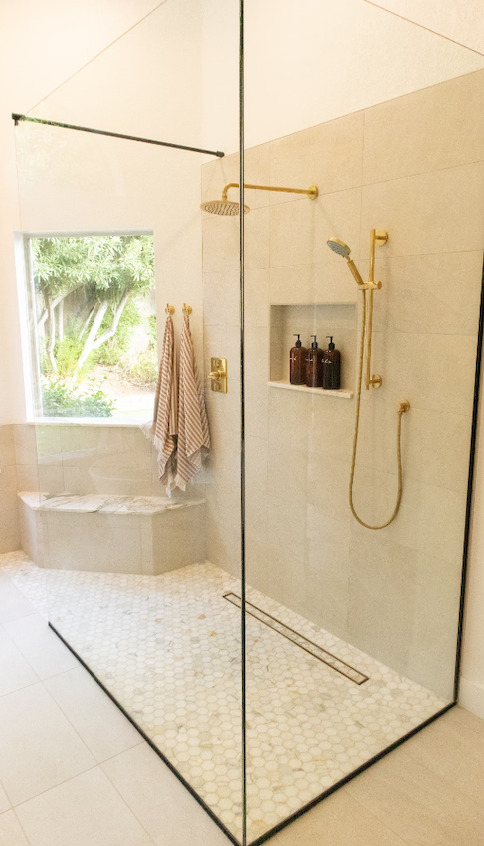
When designing or renovating a bathroom, the choice between a linear drain and a point drain can significantly impact both functionality and aesthetics. Here’s a comprehensive guide to help you decide which option best suits your needs.

What is the Difference Between a Linear and Point Drain?
Linear drains: are long, narrow channels installed flush with the shower floor. They work by guiding water to a single exit point, making them ideal for larger showers or wet rooms. Linear drains are particularly effective in designs that use large-format tiles, as they reduce the need for complex cuts.
Point drains: are small, centrally located drains where water funnels from all directions. These drains are better suited for smaller bathrooms and require the shower floor to slope evenly towards the center.
Advantages of Installing a Linear Drains
1. Modern Aesthetics and Style
Linear drains complement modern and contemporary bathroom designs. Their sleek and subtle appearance blends seamlessly with large tiles and minimalist layouts.
2. Very Functional
By allowing the shower floor to slope in a single direction, linear drains are particularly effective as a wet room drain and barrier-free showers. This makes them an excellent choice for people with mobility challenges.
3. Custom Sizes Available and Placement
Linear drains are available in various lengths and can be placed along walls, at entrances, or centrally in the shower, offering flexible design options.
4. Drainage Efficiency
These drains handle water flow efficiently and are less prone to pooling, especially in larger showers.
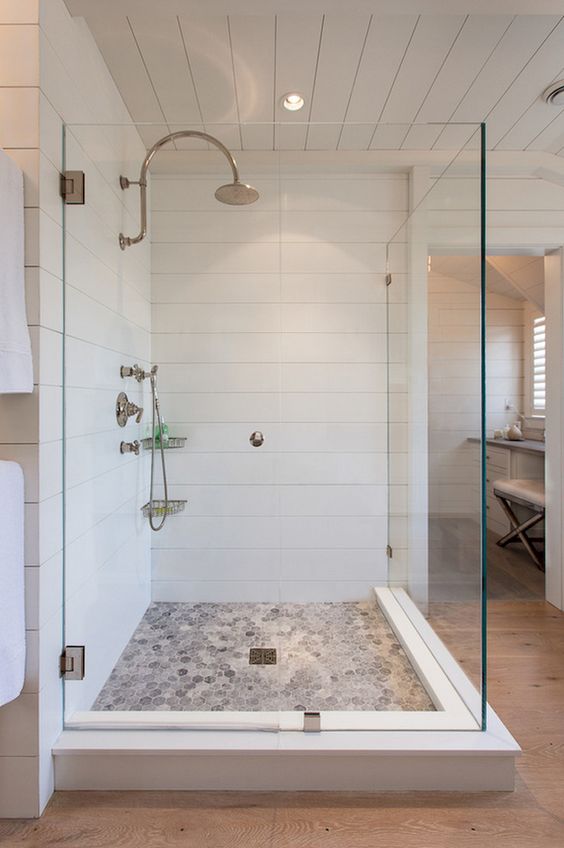
Advantages of Point Drains
1. Traditional Design
Point drains fit classic bathroom layouts and work well with smaller tiles, which are easier to slope toward a central point.
2. Small and Affordable
Point drains are typically more affordable than linear drains and require less space, making them ideal for compact bathrooms.
3. Easy to Install
Since point drains are centrally located, the sloping process is simpler in symmetrical spaces.
Factors to Consider When Choosing a Drain
1. The Size of Your Bathroom
For larger bathrooms or open-concept wet rooms, linear drains are usually the better choice due to their ability to cover a wider area. Smaller bathrooms with traditional layouts often benefit from point drains.
2. The type of Tile
Linear drains work well with large tiles because they don’t require complex cuts. If you prefer mosaic or small tiles, point drains are a practical option.
3. Accessibility Needs
If creating a barrier-free shower is a priority, a linear drain provides a smooth, unobstructed surface. This is particularly beneficial for wheelchair accessibility.
4. Your Budget
Point drains are generally more affordable, but linear drains offer long-term benefits in terms of aesthetics and functionality for larger projects.
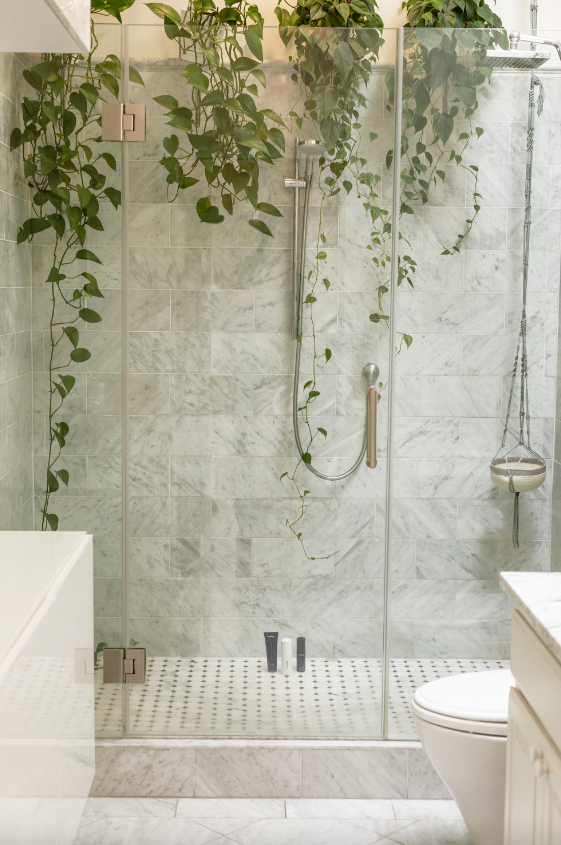
Installation Tips
– For linear drains, ensure the slope directs water uniformly towards the drain. This often requires a single gradient along the shower floor.
– For point drains, the floor should slope evenly from all directions to prevent water pooling around the edges.
Final Verdict
If your goal is a modern, spacious bathroom with clean lines, a linear drain is the way to go. It offers greater flexibility in tile choices and contributes to a sleek, contemporary design. However, if you’re working with a smaller budget or a traditional layout, a point drain provides efficient drainage and simplicity.
By evaluating your bathroom size, design preferences, and budget, you can confidently choose the drain type that best meets your needs!


